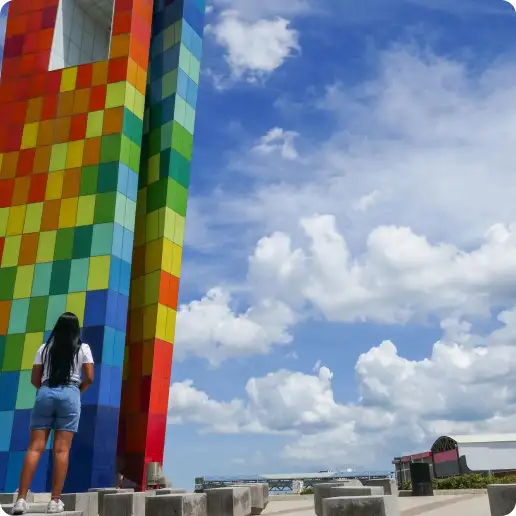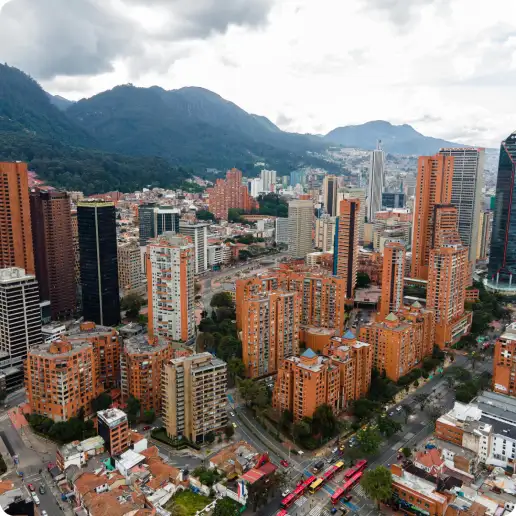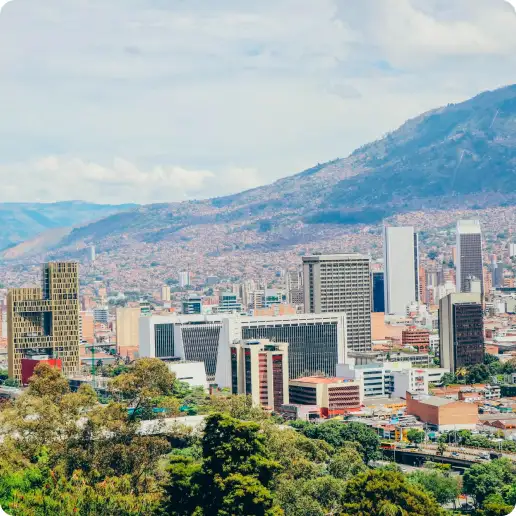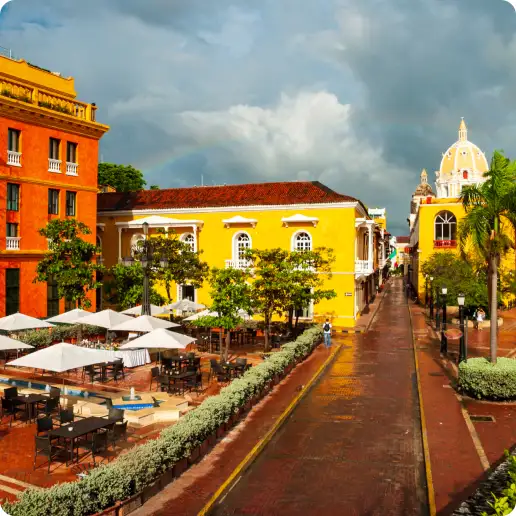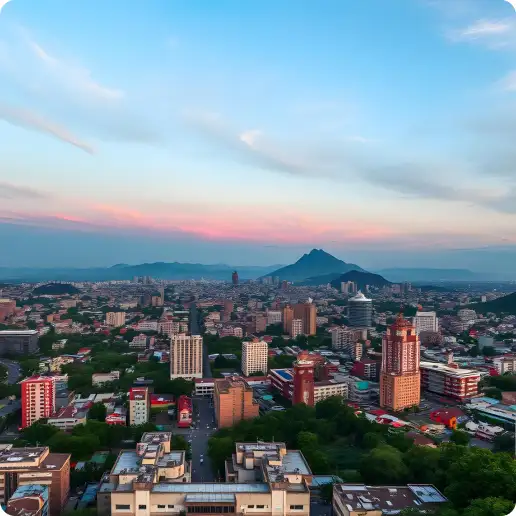Prevention of Sexual Harassment in Schools in the United States for the Latino Community
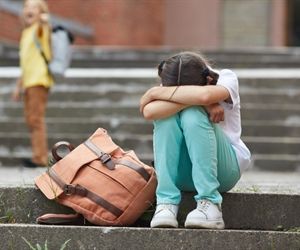
Sexual harassment in schools is a significant issue that profoundly affects children and adolescents, especially within the Latino community, where cultural and language barriers can amplify its impact. This article aims to answer key questions about how to identify, prevent, and address sexual harassment while providing valuable tools for parents, teachers, and students.
What is sexual harassment in schools, and how does it affect children and adolescents?
Sexual harassment in schools is defined as any unwanted sexual behavior that occurs in the educational environment. This can include sexual comments, inappropriate touching, sharing intimate images without consent, and other behaviors that create a hostile atmosphere.
Its impact on children and adolescents can be devastating:
- Academic performance difficulties.
- Issues with self-esteem and confidence.
- Impacts on emotional and sexual development.
Although the damage can be significant, with the right support, recovery and emotional well-being restoration are possible.
What are the warning signs that a child might be experiencing harassment?
Recognizing warning signs is crucial for timely intervention. Some of the most common include:
- Poor academic performance. A harassed child may struggle to focus or perform well in school.
- Behavioral changes. Becoming withdrawn, rebellious, or overly sensitive.
- Physical symptoms. Frequent headaches or stomachaches without a clear medical cause.
- School or social avoidance. Fear may lead to frequent absences.
It is important to note that these signs vary based on the child’s individual characteristics, such as personality, cultural background, and family circumstances.
How can Latino parents educate their children about personal boundaries and consent?
In Latino culture, parents play a fundamental role as protectors and emotional guides. Here are some practical recommendations:
- Encourage open dialogue. Talk to your children about boundaries and consent naturally and without judgment.
- Set a positive example. Model respectful relationships and show them how to establish healthy boundaries.
- Educate about the body and privacy. Teach them they have the right to say “no” and protect their personal space.
- Get involved in their school life. Participate in activities and build a trusting relationship with teachers.
Continuous dialogue adapted to the cultural needs of Latino families is essential to empower children and adolescents.
What role do teachers and schools play in preventing sexual harassment?
Schools are a key space for preventing sexual harassment. Teachers and administrators have the responsibility to:
- Implement educational programs. Topics such as respect, privacy, consent, and children’s rights should be part of the curriculum.
- Foster a trusting environment. Students should feel they can speak up without fear of judgment or being ignored.
- Train school staff. Educate teachers to identify signs of harassment and how to respond.
- Promote self-esteem activities. Exercises that reinforce students' confidence and self-worth.
A comprehensive approach that includes education, trust, and clear actions can make a difference in prevention.
Psychological support to prevent and manage sexual harassment
If you or your children need emotional support or psychological guidance, psychologist Ana Soto offers online consultations specifically designed for the Latino community in the United States.
About Dr. Ana Soto
Dr. Ana Soto is the right psychologist to handle cases of sexual harassment thanks to her extensive experience in preventing and managing sexual offenses, both from the victim's and offender's perspectives. Over her 25 years at the Attorney General's Office and 10 years in the Police (DIJIN and SIJIN), she gained deep expertise in forensic and legal psychology, along with a holistic approach that integrates emotional healing and the balance between mind, body, and spirit.
Advantages of online consultations with Dr. Ana Soto:
- Accessibility. Access therapy from anywhere in the United States.
- Affordability. Due to currency exchange rates, psychological consultations with professionals in Colombia are significantly more affordable compared to in-person therapy costs in the U.S.
- Flexibility. Schedules tailored to your needs without the hassle of commuting.
Start today to build a safer and healthier environment for your children. Book your consultation now and take the first step toward a solution.
Medical Tourism in Colombia: Health and Relaxation in One Trip!
Experience the best of medical tourism in Colombia with personalized care, top specialists, and competitive prices. Combine health and travel in a single destination!
More InformationHealthcare by City
Discover the top doctors and specialists in Colombia's major cities.

